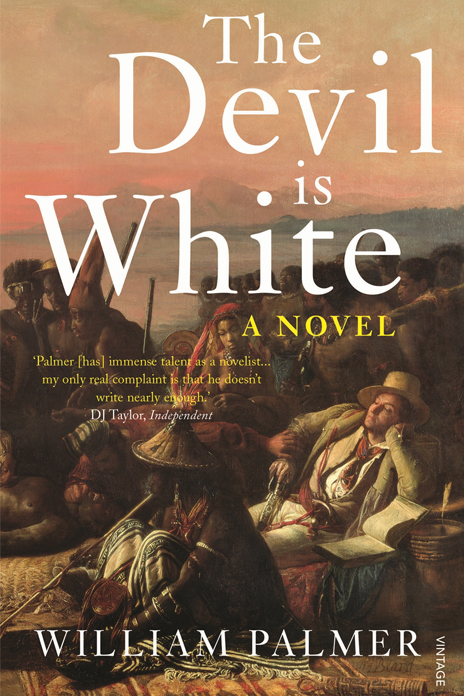The Devil is White is a remarkable portrayal of men and women and the whole range of their experiences and emotions, from violence and terror to tenderness and love, in their brave new world.
It is 1792 and a group of English gentlemen are recruiting settlers for a new world. Anti-slavers, they foresee the shining vision of a free colony in Africa where all races and classes can live together in harmony. At first, all seems well. More than a hundred men, women and children sail from London on board the Pharaoh. They are bound for Muranda, an island off the west coast of Africa that seems to be ideal: uninhabited, fertile, well watered. For a leader, they have a merchant, Sir George Whitcroft; a gallant seaman, Captain Coupland, to sail their ship; Dr Owen to treat their ills; the Reverend Tolchard to guide their spiritual lives; and Caspar Jeavons, a young aristocratic poet, to record their exploits.
When they land, Muranda seems a paradise. Fruit hangs from the trees, the waters swarm with fish, the local king is friendly. Some begin to work. Others prefer to laze and swim, to drink and dance at night. But then the tropical rains begin and beat relentlessly down. Fever strikes arbitrarily and cruelly.
‘Palmer has demonstrated his unshowy but admirable skills in previous books and The Devil is White is a poignant study of ideals unraveling in the face of reality.’ The Sunday Times








